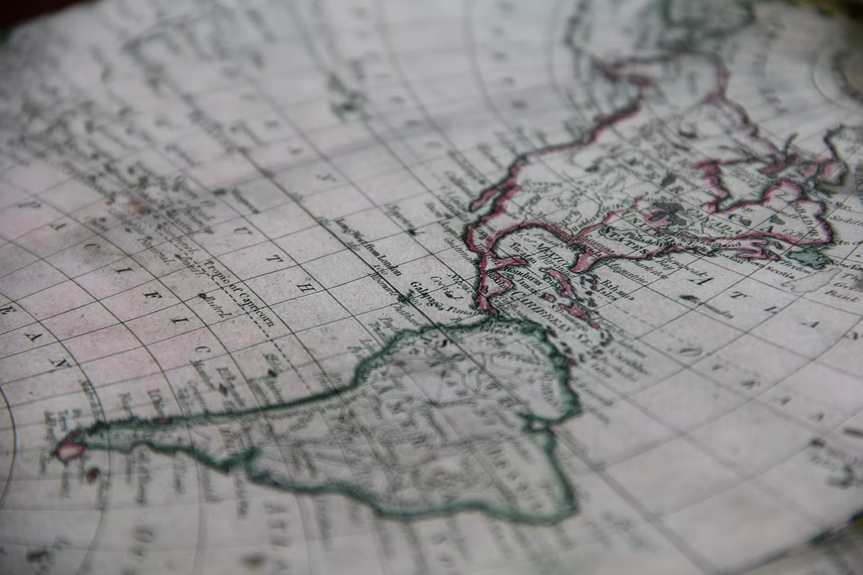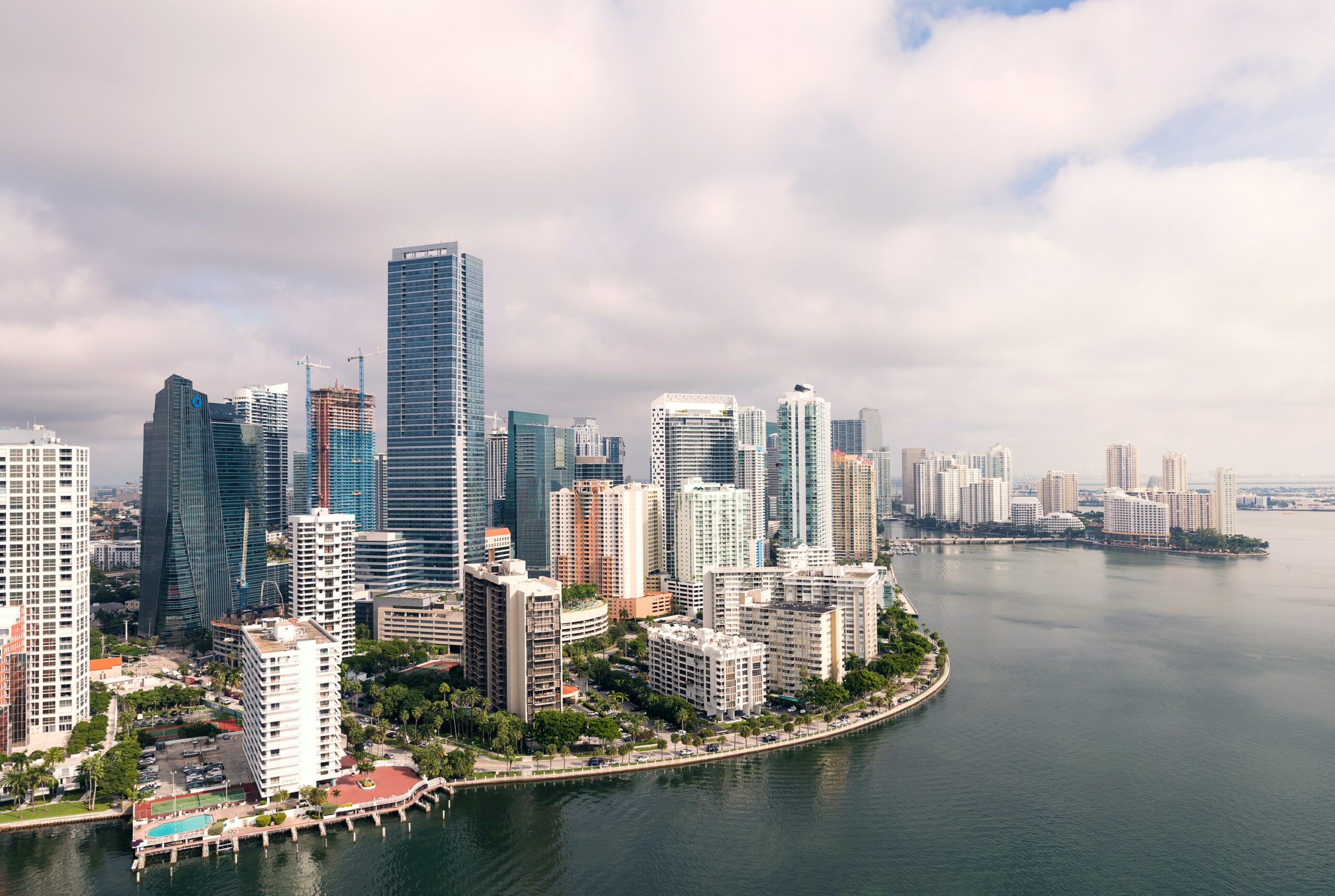Andean startups selected as finalists for Aruba’s ATECH* conference
The world’s top tech startups have been competing to participate in the upcoming annual ATECH* conference, taking place this Wednesday, October 25, on the Caribbean island of Aruba, located just off the coast of Venezuela.
Among the chosen eight finalists, representing the Andean region is Colombian startup Reedemy, pioneering the idea of using credit card points to fund social projects in Colombia.
Having built a reputation since its 2015 inauguration, the ATECH* conference will gather some of the world’s most talented speakers, investors, startups, and professionals, inviting them to partake in discussions revolving around this year’s very timely theme of identity.
With panels and discussions around fintech, innovation, building online identity, cybersecurity and more, the conference promises to expand on some of the most prominent themes within the LatAm startup ecosystem.
Against the backdrop of the island’s emerging entrepreneurial ecosystem and an Aruban government busy with tech-oriented initiatives, the conference will discuss the future of tech, investing in startups, personal growth, and digital marketing. With esteemed presenters and a startup pitch competition offering a grand prize of $10,000 USD, the events will showcase the latest and greatest trends in the industry.
“Building momentum year after year, we’ve brought together world-class founders, visionary investors and change-makers from all over the world. Having them visit Aruba – a tropical paradise that’s living up to its nickname “Silicon Beach” – it makes for a magical event,” said Aruba’s Chief Innovation Officer Varelie Cross.
The ATECH* Conference was born through the efforts of the ATECH Foundation’s founding members. These include Varelie Croes, Aruba’s Chief Innovation Officer, and Tristan Every, cofounder of Co.lab, a coworking space for local startups, entrepreneurs, and creatives. ATECH is a member of the global tech community F6S and collaborates with Rockstart, Start-Up Chile, and Citi Tech 4 Integrity. Its founders have also, from the beginning, prioritized involving the local community in the innovation of Aruba’s nascent tech scene.
The conference has helped fuel, and been fueled by, a tech ecosystem that receives substantial support from the Aruban government. Among the many public-private projects in the works are new incubators and accelerators, an entrepreneurship institute, a strategic ventures fund, and the Aruba Reimagined Area (AREA) – an initiative creating smart districts in the two main cities of Oranjestad and San Nicolas.
“By bringing in fresh ideas, and offering a venue to introduce the island’s innovative ideas to the world, ATECH* continues to help Aruba’s promising tech scene grow,” said ATECH President Tristan Every. “And it now serves as the go-to resource for the island’s entrepreneurs – offering everyone invited a chance to reset, connect, and play.”



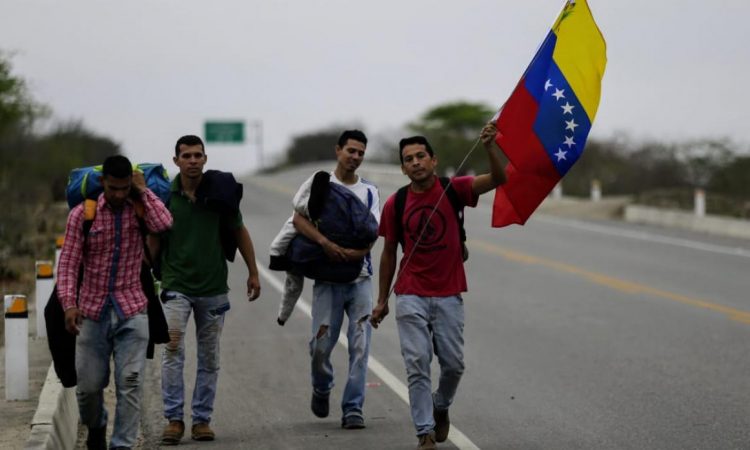
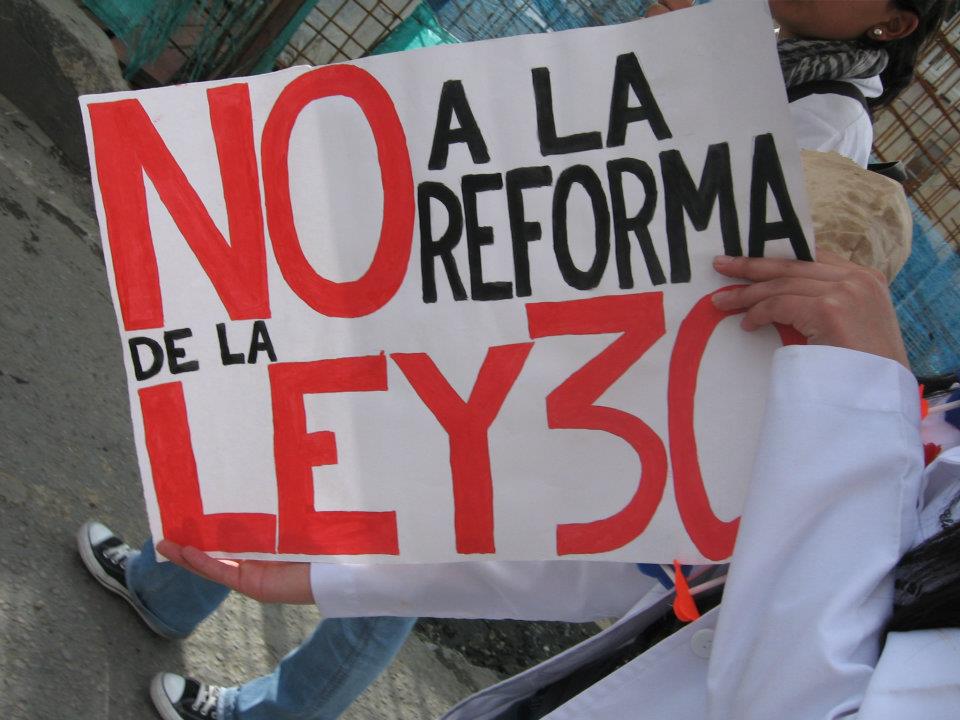
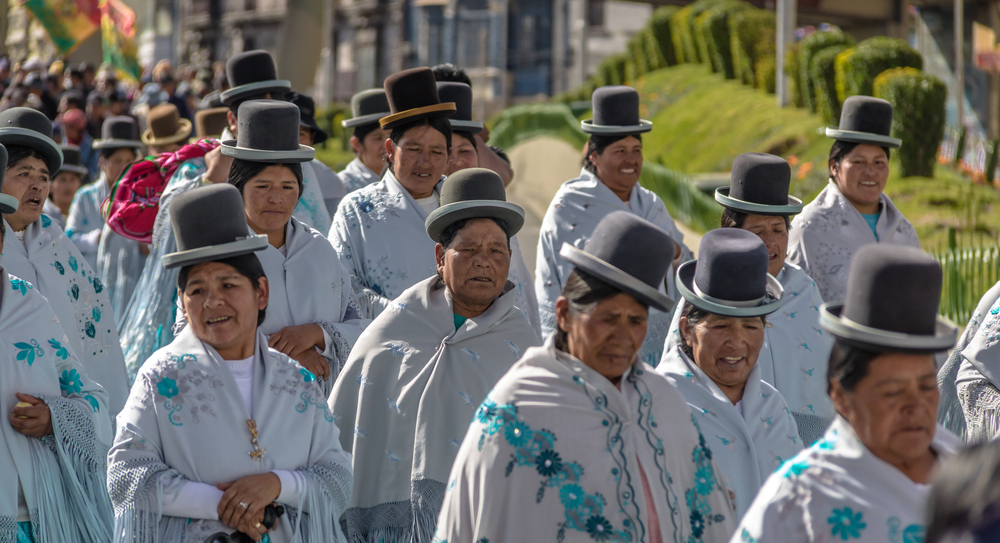

 The incoming Mexican coach has been welcomed by the team on social media, however, little details have been revealed about Maradona’s contract following his break from another contract that was previously signed with Belarus. He will be joining a team that ranks in the second division and will manage four other Argentine natives amongst the squad: Luis Jerez Silva, Jorge Córdoba, Facundo Juárez and Gaspar Servio as goalkeeper. It comes amidst high hopes that the new coach will turn the fate of the team around and help them succeed through the leaderboards.
The incoming Mexican coach has been welcomed by the team on social media, however, little details have been revealed about Maradona’s contract following his break from another contract that was previously signed with Belarus. He will be joining a team that ranks in the second division and will manage four other Argentine natives amongst the squad: Luis Jerez Silva, Jorge Córdoba, Facundo Juárez and Gaspar Servio as goalkeeper. It comes amidst high hopes that the new coach will turn the fate of the team around and help them succeed through the leaderboards.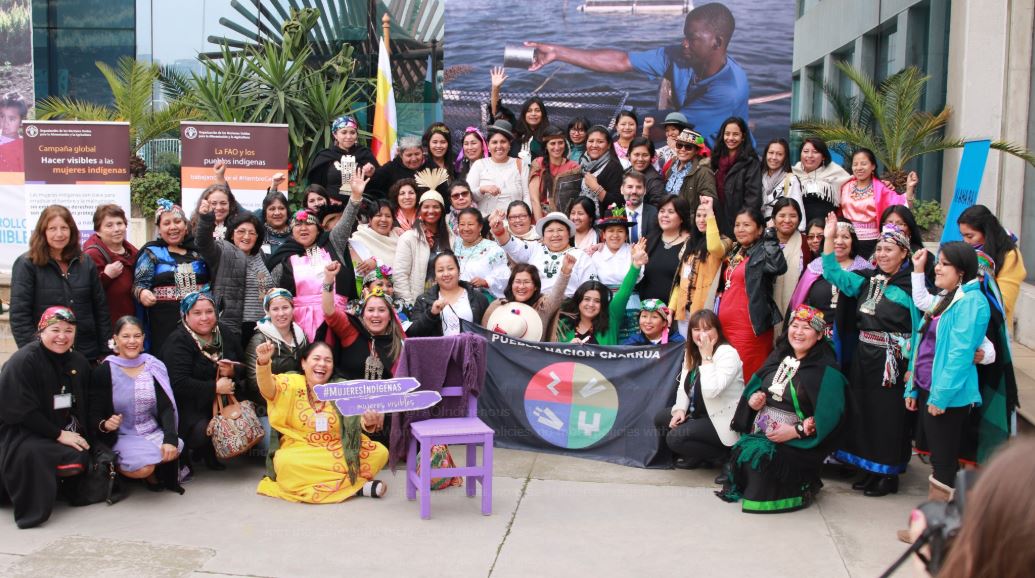


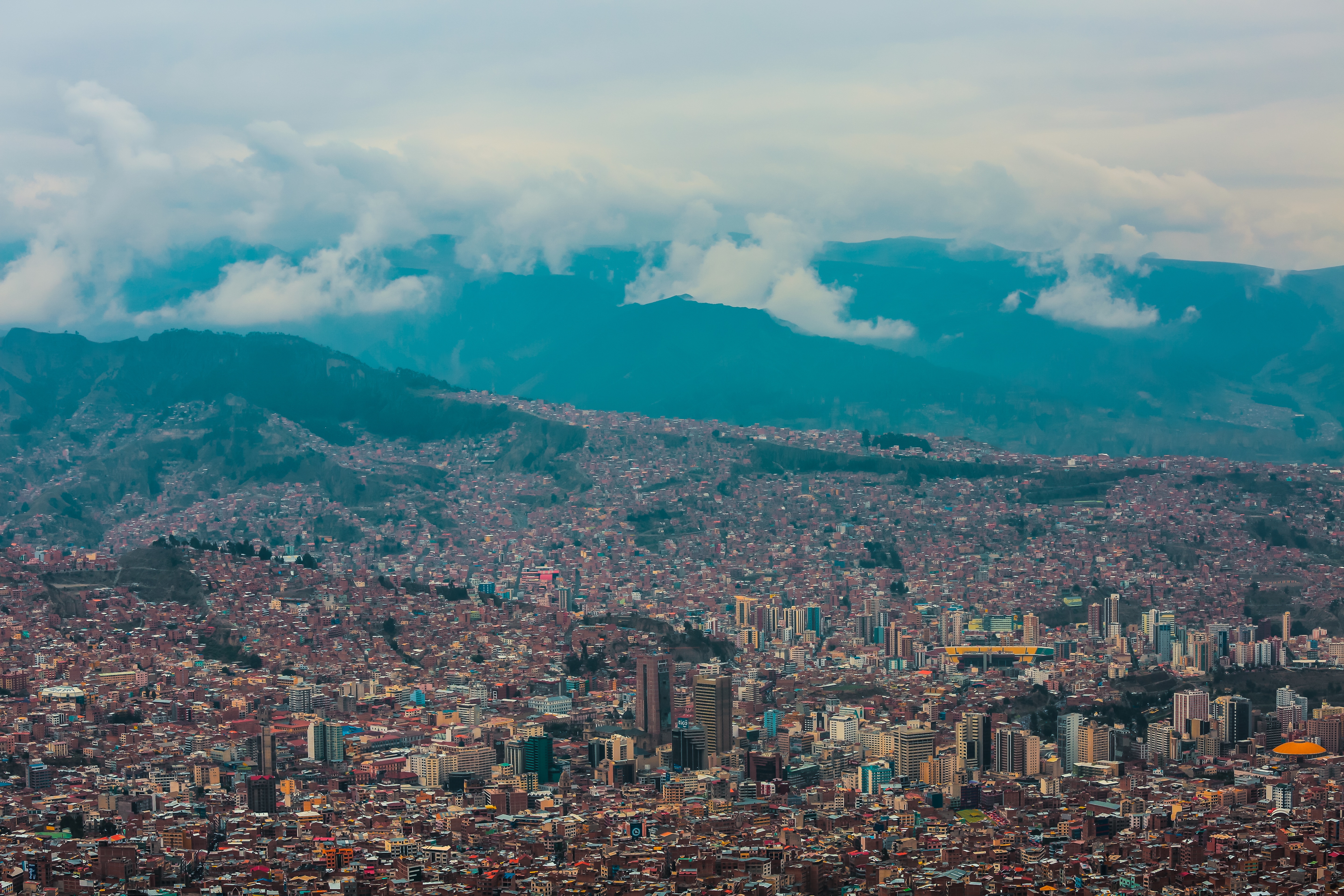
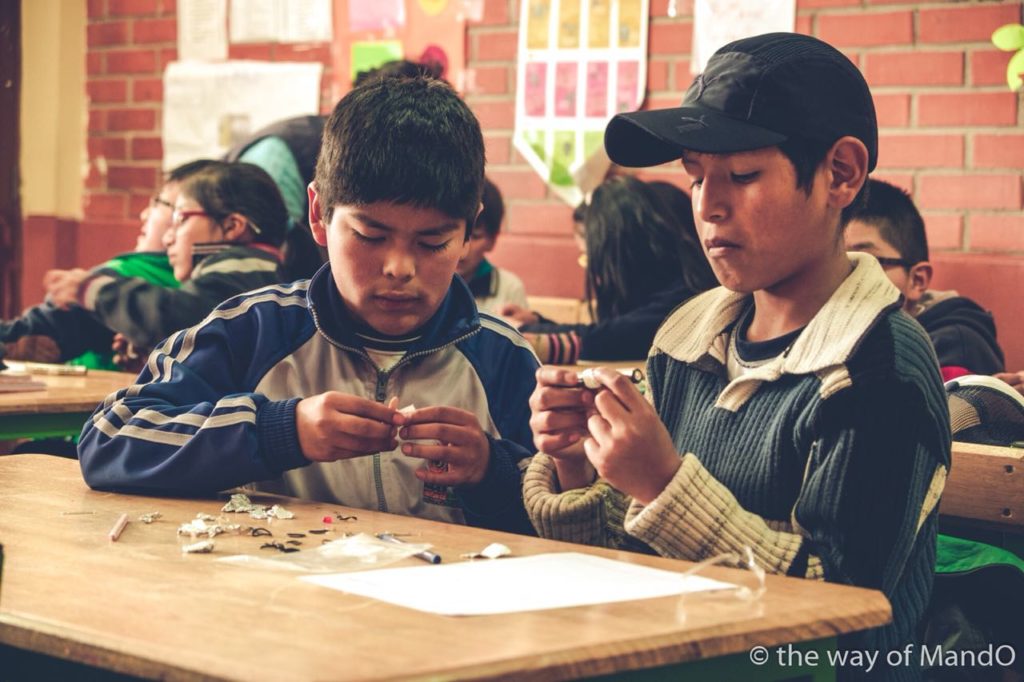

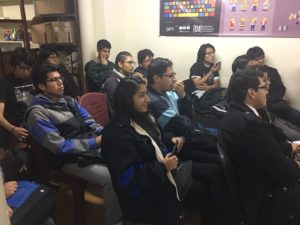

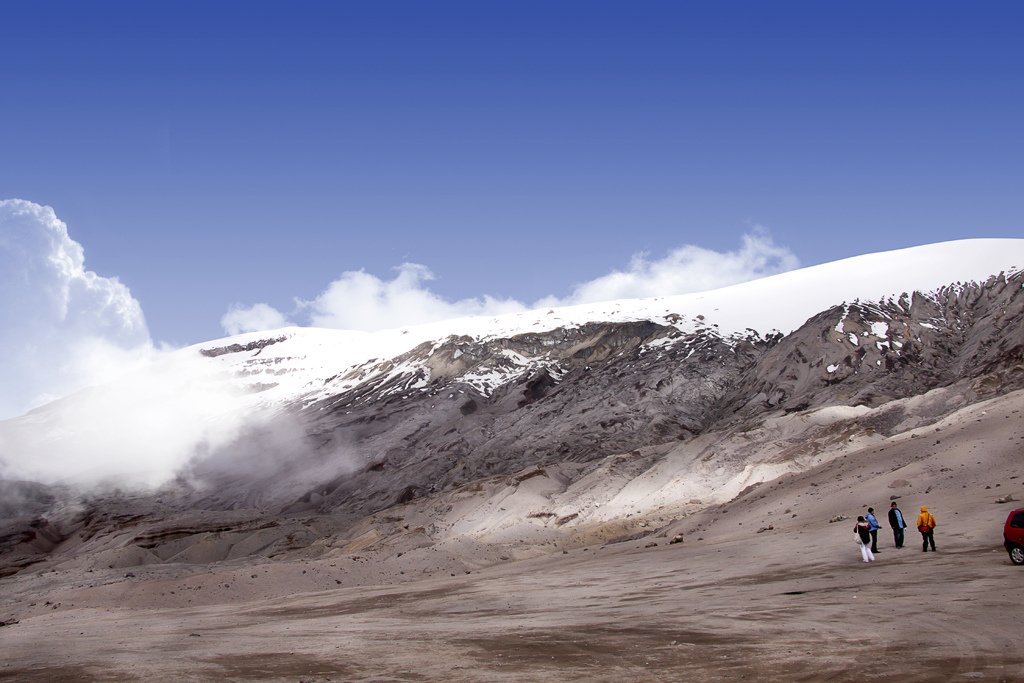
 Our journey had begun by making our way to Manizales in the Colombian-coffee region. The minibus had weaved in and out of towering hills which, covered in coffee-plants gave for an unusual, futuristic texture to the country image. Out of the rolling valleys suddenly emerged Manizales, home to just over half a million people and a thriving student city widely spread across steep mountainous tops.
Our journey had begun by making our way to Manizales in the Colombian-coffee region. The minibus had weaved in and out of towering hills which, covered in coffee-plants gave for an unusual, futuristic texture to the country image. Out of the rolling valleys suddenly emerged Manizales, home to just over half a million people and a thriving student city widely spread across steep mountainous tops. Though relatively well-used, the path laid with volcanic rock, was empty yet the air was warm and the wilderness hummed around us. Steadily creeping upwards, the landscape began to shift from rural farmland to a completely unexplored jungle and the sheer cliff-edges continued to grow around us. Occasionally we’d pass a steaming pipe or bubbling grid which served to remind us of the volcanic activity rushing not too far beneath our feet.
Though relatively well-used, the path laid with volcanic rock, was empty yet the air was warm and the wilderness hummed around us. Steadily creeping upwards, the landscape began to shift from rural farmland to a completely unexplored jungle and the sheer cliff-edges continued to grow around us. Occasionally we’d pass a steaming pipe or bubbling grid which served to remind us of the volcanic activity rushing not too far beneath our feet.
 As we quickly pushed downwards, my sickness and headaches still continued to plague me and even back in Manizales it took a few hours before it had all felt like a bad dream. In the meantime, however, the best views of Manizales can be appreciated from Mirador Finca Morrogacho.
As we quickly pushed downwards, my sickness and headaches still continued to plague me and even back in Manizales it took a few hours before it had all felt like a bad dream. In the meantime, however, the best views of Manizales can be appreciated from Mirador Finca Morrogacho.
